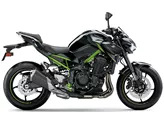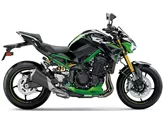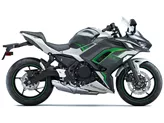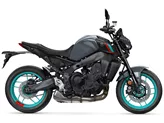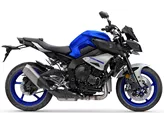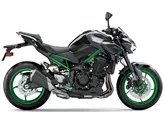Kawasaki Z 750R 2011 vs. Kawasaki Z900 2017

Kawasaki Z 750R 2011

Kawasaki Z900 2017
Overview - Kawasaki Z 750R 2011 vs Kawasaki Z900 2017
The Kawasaki Z 750R model year 2011 and the Kawasaki Z900 model year 2017 are both naked bikes from Kawasaki, but they have some notable differences in terms of technical specifications and strengths.
Starting with the Kawasaki Z 750R 2011, it is equipped with an in-line engine that produces 106 horsepower and 78 Nm of torque. The engine has 4 cylinders and is cooled by liquid. With a displacement of 748 ccm, it offers a decent amount of power for its class. The front suspension features an upside-down telescopic fork with rebound adjustment, while the rear suspension also has rebound adjustment. The frame is made of steel and has a twin tube design. The front brakes are double disk with four pistons and radial, petal technology. The front tire has a width of 120 mm and a diameter of 17 inches, while the rear tire has a width of 180 mm and a diameter of 17 inches. The wheelbase is 1440 mm and the seat height is 835 mm. With ABS, the kerb weight of the bike is 230 kg.

Kawasaki Z 750R 2011
On the other hand, the Kawasaki Z900 2017 is equipped with an in-line engine that produces 125.4 horsepower and 98.6 Nm of torque. Like the Z 750R, it has 4 cylinders and is cooled by liquid. However, it has a larger displacement of 948 ccm, which results in more power. The front suspension features an upside-down telescopic fork with preload and rebound adjustment, while the rear suspension also has preload and rebound adjustment. The frame is made of steel and has a double cradle design. The front brakes are double disk with four pistons and petal technology. The front and rear tires have the same dimensions as the Z 750R. The wheelbase is slightly longer at 1450 mm, while the seat height is lower at 795 mm. With ABS, the kerb weight of the bike is 210 kg.
In terms of strengths, the Kawasaki Z 750R 2011 is praised for its confident engine, excellent braking system, and the inclusion of ABS. On the other hand, the Kawasaki Z900 2017 is praised for its ingenious nakedbike chassis, superb looks, and a powerful engine that responds well and has a perfectly dimensioned torque. It is also considered to have an optimum intersection of performance, price, and practical use.

Kawasaki Z900 2017
However, both bikes have their weaknesses. The Kawasaki Z 750R 2011 is criticized for its stability, as it is reported to have some unsteadiness in the chassis. On the other hand, the Kawasaki Z900 2017 is criticized for its narrow knee angle, which may be uncomfortable for tall riders. It is recommended to order another seat to address this issue.
In conclusion, the Kawasaki Z 750R 2011 and the Kawasaki Z900 2017 are both impressive naked bikes from Kawasaki, but the Z900 offers more power, improved suspension adjustment options, and a sleeker design. However, it is important to consider the specific needs and preferences of the rider before making a decision between the two models.
Technical Specifications Kawasaki Z 750R 2011 compared to Kawasaki Z900 2017
Pros and Cons in comparison
Pros and Cons in comparison
Kawasaki Z 750R 2011
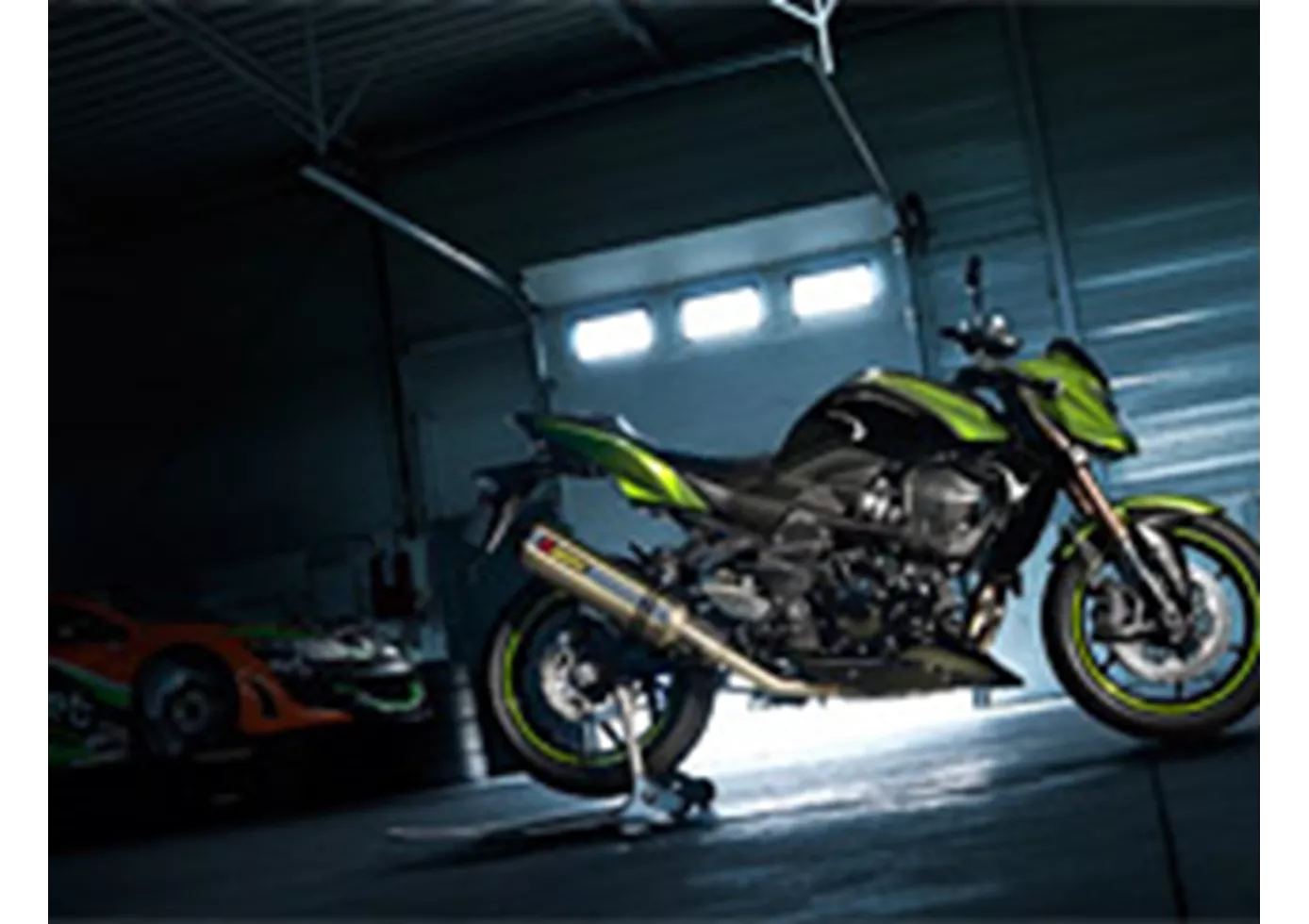
All in all, we think the Kawasaki Z 750 is right to wear the R. It is definitely a lot of fun on trackdays. However, if you want to hunt for lap times energetically, you have to invest in the chassis. Primarily to gain lean angle clearance. After that, you could even think about an "RR" in the name abbreviation.
Kawasaki Z900 2017

An incredibly well-designed motorbike. A lot of test work and attention to detail went into it. It has exactly the right power, exactly the right chassis and exactly the right look. An all-round successful naked bike that will make you happy for a long time. If you like, you can ride it simply and faithfully, but if you want, you can also ride it really fast and it wheels like hell. Great!
Price Comparison Avarage Market Price Kawasaki Z 750R vs Kawasaki Z900
There are a few key differences between a Kawasaki Z 750R 2011 and a Kawasaki Z900 2017. In terms of price, the actual average price of a Kawasaki Z900 2017 is about 72% higher. Compared to Kawasaki Z900 2017 there are less Kawasaki Z 750R 2011 bikes available on the 1000PS.de Marketplace, specifically 4 compared to 43. It takes less time to sell a Kawasaki Z 750R with 49 days compared to 85 days for a Kawasaki Z900. Since model year 2011 1000PS.de editors have written 7 reviews for the Kawasaki Z 750R and 46 reviews for the Kawasaki Z900 since model year 2017. The first review for the Kawasaki Z 750R was published on 9/14/2010 and now has more than 17,800 views. This compares to more than 93,200 views for the first review on Kawasaki Z900 published on 11/11/2016.


